Imagine you're cruising down a Kansas highway. The sun dips below the horizon, painting the sky with hues of orange and purple. As the light fades, you flick on your car's headlights, piercing the growing darkness. This simple action, often taken for granted, is governed by a set of laws and regulations. These are designed to keep you and other road users safe.
Welcome to our comprehensive guide on "Headlight Laws and Regulations: What Every Driver In Kansas Should Know." This blog post will illuminate the importance of headlight laws, delve into the types of headlights approved in Kansas, and highlight the penalties for violations. We'll also explore the exceptions, special cases, and potential future developments in headlight regulations.
So, buckle up and adjust your mirrors as we embark on this enlightening journey through the world of automotive lighting laws in Kansas. And remember, just as your headlights guide you through the dark, let this guide illuminate the path to safer and more responsible driving.
Importance of Headlight Laws and Regulations
In the following section, we will delve into the significance of headlight laws and regulations. We will start with an exploration of why these laws are a critical component of road safety.
Why Headlight Laws Are Critical for Road Safety
Headlight laws and regulations are put in place to ensure the safety. This includes the safety of drivers, passengers, and pedestrians on the road. These laws help maintain visibility, especially during unfavorable weather conditions or at night. By enforcing headlight regulations, authorities can reduce the risk of accidents caused by poor visibility and improper use of headlights. It is crucial for every driver in Kansas to familiarize themselves with these laws to promote road safety.
Understanding the Impact of Proper Headlights on Visibility
Proper headlights contribute significantly to visibility on the road. They not only help the driver see clearly in dark or low-light conditions but also make the vehicle more visible to other drivers. This helps reduce the risk of collisions. By using headlights correctly and ensuring they are in proper working condition, drivers can enhance their visibility and ensure they are seen by others. This ultimately promotes a safer driving experience for everyone on the road.
Types of Headlights Approved in Kansas
In the upcoming section, we will discuss the various types of headlights that are approved for use in Kansas. We will begin with a detailed overview of the different types of headlights that are legally allowed on the state's roads.
Different Types of Headlights Allowed in Kansas
In Kansas, drivers are required to have headlights that comply with the state's regulations. Here are the different types of headlights allowed in Kansas:
• Halogen headlights: These are the most common type of headlights and are widely used in vehicles. They produce a yellowish-white light and are known for their affordability and easy replacement.
• LED headlights: LED headlights are becoming increasingly popular due to their energy efficiency and brightness. They produce a bright white light and have a longer lifespan compared to halogen headlights.
• HID headlights: High-intensity discharge (HID) headlights produce a bright white light and are known for their visibility. They are more expensive than halogen headlights but provide enhanced illumination.
Comparing Halogen, LED, and HID Headlights
Here is a quick comparison of the features of halogen, LED, and HID headlights:
| Headlight Type | Color Temperature | Energy Efficiency | Lifespan | Visibility |
|---|---|---|---|---|
| Halogen | Yellowish-white | Average | 2,000-6,000 hours | Standard |
| LED | Bright white | High | 30,000-50,000 hours | Enhanced |
| HID | Bright white | High | 2,000-3,000 hours | Excellent |
Each type of headlight has its advantages and disadvantages. This is why it's essential for drivers in Kansas to choose the one that best suits their needs and complies with the state's regulations.

Proper Headlight Maintenance
In the following section, we will delve into the crucial aspect of maintaining your headlights properly. We'll kick things off with some practical tips for maintaining and aligning your headlights to ensure optimal performance and safety.
4 Tips for Maintaining and Aligning Headlights
To ensure optimal visibility and compliance with headlight laws in Kansas, it is crucial to properly maintain and align your vehicle's headlights. Here are some tips to keep your headlights in excellent condition:
- Regularly clean your headlights to remove dirt, debris, and oxidation that can reduce their effectiveness.
- Check the alignment of your headlights and adjust them if necessary. Misaligned headlights can be a safety hazard and may not provide adequate illumination.
- Replace any burnt-out bulbs promptly to maintain optimal visibility on the road.
- Consider upgrading to more advanced headlight technology, such as LED or HID bulbs, for improved brightness and visibility.
The Importance of Regular Headlight Checks
Regular headlight checks are essential for several reasons:
- Safety: Properly functioning headlights are crucial for safe driving. This is because they illuminate the road ahead and make your vehicle more visible to other drivers.
- Compliance with the law: In Kansas, it is mandatory to have working headlights and use them when visibility is reduced, such as during nighttime or inclement weather conditions.
- Avoiding citations: Failure to comply with headlight laws can result in traffic citations and fines. Regular headlight checks can help prevent these unnecessary expenses.
- Longevity: By maintaining and checking your headlights regularly, you can extend their lifespan and save money on frequent replacements.
By following these tips and staying informed about the headlight laws in Kansas, you can ensure that your vehicle's headlights are in optimal condition. This helps provide the necessary illumination for safe and legal driving.

Exceptions and Special Cases
In this next section, we'll explore the exceptions and special cases that apply to headlight laws, starting with the specific regulations that pertain to motorcycles in Kansas.
Headlight Regulations for Motorcycles in Kansas
Motorcycles in Kansas are subject to specific headlight regulations. Here are some key points to keep in mind:
- Kansas law requires motorcycles to have at least one headlight that is illuminated during nighttime operation.
- Motorcycles are allowed to have additional auxiliary lights, as long as they comply with the brightness and color requirements set by the state.
- It is illegal to use colored lights on motorcycles, except for amber or white lights used for turn signals or hazard warning lights.
- Motorcycles are not required to have a specific type of headlight bulb, but it is recommended to use high-quality bulbs that provide adequate visibility.
For more information on motorcycle headlight regulations in Kansas, you can refer to the Kansas Statutes.
Rules for Using High Beams and Fog Lights
In Kansas, drivers must follow specific rules when using high beams and fog lights. Here are the guidelines to be aware of:
- High beams: While driving at night, drivers must switch to low beams when approaching an oncoming vehicle within 500 feet or when following another vehicle within 300 feet. Failure to dim the high beams can result in a traffic violation.
- Fog lights: Kansas law allows the use of fog lights, but they should only be used in foggy or misty conditions that reduce visibility to less than 500 feet. It is important to remember to turn off fog lights when visibility improves to avoid distracting other drivers.
It is essential for every driver in Kansas to be familiar with these exceptions and special cases regarding headlight regulations to ensure safe driving practices.

Penalties for Headlight Violations
Moving forward, we'll delve into the penalties associated with headlight violations, beginning with the potential consequences of not adhering to headlight laws in Kansas.
Consequences of Violating Headlight Laws in Kansas
In Kansas, it is important for drivers to be aware of the consequences of violating headlight laws. Failure to comply with these laws can result in penalties and fines. It is crucial to understand the regulations and ensure that your vehicle's headlights are in proper working condition to avoid any legal trouble.
Fines and Other Penalties for Non-Compliance
The penalties for headlight violations in Kansas vary depending on the specific violation. Here are some possible consequences:
- Driving with headlights off during low visibility conditions can result in a fine of up to $60.
- Using high beam headlights in inadequate lighting conditions, such as within 500 feet of an approaching vehicle, can lead to a fine of up to $60.
- Operating a vehicle with headlights that do not comply with state regulations may result in a fine of up to $60.
It is essential to follow the headlight laws in Kansas to ensure the safety of yourself and other drivers on the road. Stay informed about these regulations to avoid any unnecessary penalties. For more information, refer to the Kansas Department of Transportation website.

Updates and Proposed Changes
Next, we'll explore any recent changes or potential future amendments to Kansas headlight laws, starting with a look at the most recent updates or proposed changes.
Recent Updates or Proposed Changes to Kansas Headlight Laws
As of the time of writing, there have been no recent updates or proposed changes to the headlight laws in Kansas. It is important for drivers to stay informed about any potential changes in the future as they relate to headlight regulations.
Potential Future Developments in Headlight Regulations
While there are no specific developments in headlight regulations in Kansas, it is worth noting that advancements in headlight technology continue to be made. These advancements aim to improve visibility and safety for drivers. It is possible that future updates to headlight laws and regulations may incorporate these technologies to further enhance road safety.
Headlight Safety Tips for Kansas Drivers
Now, let's shift our focus to practical advice for Kansas drivers, beginning with some essential guidelines for using headlights effectively and safely.
Guidelines For Using Headlights Effectively And Safely In Kansas
To ensure your safety on the road and comply with Kansas headlight laws, here are some essential guidelines to follow:
- Always use your headlights from sunset to sunrise.
- Use your low beam headlights when driving in fog, rain, or other adverse weather conditions.
- Turn on your headlights when visibility is reduced, such as during heavy rain, snowfall, or fog.
- Avoid using high beam headlights when approaching or following another vehicle. Aim them downward to prevent dazzling other drivers.
- Use your headlights when driving on highways and interstates, even during daylight hours.
- Dim your headlights when approaching an oncoming vehicle to avoid blinding the other driver.
- Ensure that your headlights are clean and properly aligned for optimal visibility.
Additional Precautions for Nighttime Driving
Nighttime driving poses additional challenges, but following these precautions will help keep you safe:
- Increase your following distance and reduce your speed to allow for slower reaction times in the dark.
- Keep an eye out for pedestrians, bicyclists, and wildlife, as they may be harder to spot at night.
- Avoid looking directly at the headlights of oncoming vehicles. Shift your gaze slightly to the right to prevent temporary blindness.
- Ensure that all your vehicle's lights, including brake lights, turn signals, and taillights, are in proper working condition.
- Be cautious when using high beam headlights in rural areas. They may reflect off road signs, making them harder to read for other drivers.
Remember, using your headlights correctly is not only a legal requirement but also crucial for your safety and the safety of others on the road.
For more detailed information on headlight laws and regulations in Kansas, you can refer to the Kansas Driver's Handbook.
Choosing and Aligning LED Headlights for Optimal Visibility and Safety
Regardless of your vehicle type or headlight model, replacing halogen headlights with LED bulbs without proper alignment can lead to poor visibility and potentially blind other drivers. The key to effective LED headlight use is choosing the right design and aligning it correctly.
LED headlight bulbs are not one-size-fits-all. They require a specific LED chip type and precise placement within the headlight. If replaced with a bulb that creates an irregular beam pattern, you'll struggle to aim your headlights correctly, leading to ineffective lighting and potential safety hazards.
The ideal beam pattern has a distinct cutoff line with the brightest portion, or hotspot, near the top of the beam. This allows the beam to be aimed under the line of sight of oncoming drivers, reducing the risk of blinding them.
Step-by-Step Guide to Proper Headlight Alignment
Here's a step-by-step guide to proper headlight alignment:
-
Position your vehicle: Park your vehicle about three feet from a wall, ensuring it's on a level surface. Mark the center of the vehicle and each headlight on the wall using tape or markers.
-
Measure the height: Measure the height of the center of your headlight from the ground. Mark this measurement on the wall.
-
Set the beam pattern: Measure two inches down from the marked center height and make another mark on the wall. This two-inch drop represents the top of your beam pattern when your vehicle is 25 feet away from the wall.
-
Locate adjustment mechanism: Identify the adjustment mechanism for aligning the headlights. This mechanism can vary between vehicles, so consult your owner's manual for specific instructions. It typically involves using a screwdriver or other tool.
-
Adjust vertically: Use the adjustment mechanism to align the headlights vertically. Turn the screwdriver or tool to raise or lower the beam until it aligns with the two-inch drop mark on the wall.
-
Test on the road: Once you've adjusted the headlights, take your vehicle for a test drive on a dark road. Ensure that the headlights are correctly aligned and not blinding other drivers or constantly illuminating street signs. Make any necessary adjustments if needed.
-
Ensure proper headlight type: It's important to use the right type of headlight bulb for your vehicle. LED headlights, when properly aligned, can provide a beam pattern similar to the original halogen bulbs, offering brighter and safer lighting.
By following these steps, you can ensure your headlights are properly aligned, improving visibility and safety while driving.
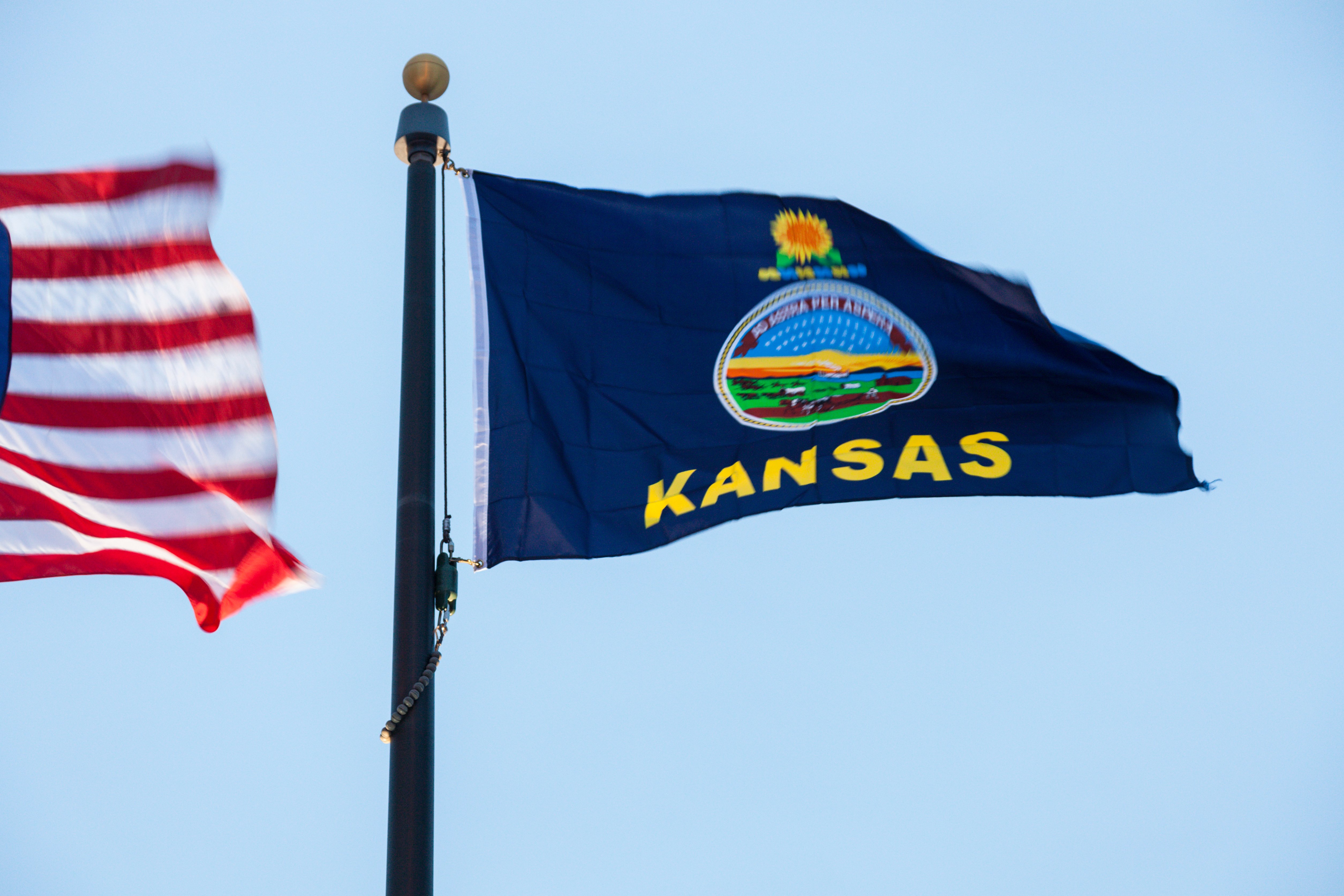
FAQs Related to Kansas Headlight Laws
Finally, we'll address some of the most frequently asked questions about Kansas headlight laws, starting with common queries and their corresponding answers.
Common Questions And Answers About Headlight Regulations In Kansas
Here are some common questions and answers regarding headlight laws in Kansas:
Q: When should I use my headlights in Kansas?
A: According to Kansas law, you must use your headlights from sunset to sunrise, as well as during any period of time when visibility is significantly reduced due to rain, fog, or other weather conditions.
Q: Are there any requirements regarding the color of headlights in Kansas?
A: Yes, Kansas law allows for white or amber-colored headlights on all vehicles.
Q: Are daytime running lights sufficient to comply with Kansas headlight laws?
A: No, Kansas law requires drivers to turn on their headlights during specified times, regardless of whether their vehicle is equipped with daytime running lights.
Q: Are there any restrictions on using high beams?
A: Yes, Kansas law prohibits using high beams within 300 feet of an approaching vehicle or within 500 feet of a vehicle traveling ahead.
Q: Do I need to use my headlights when it is raining?
A: Yes, Kansas law requires drivers to use their headlights whenever visibility is significantly reduced due to rain or other weather conditions.
Remember to always follow the headlight laws in Kansas to ensure the safety of yourself and other drivers on the road.
Connect With Us and Learn More
Got questions about all these cool car features? Don't sweat it! Our friendly team is here to help you.
And hey, while you're here, why not explore more of the Better Automotive Lighting Blog? We've got a bunch of fun stuff about car lights.
Plus, we just started a new Facebook page. Stop by, leave a comment, and hit that 'Like' button to let us know what you think. We're excited to hear from you!

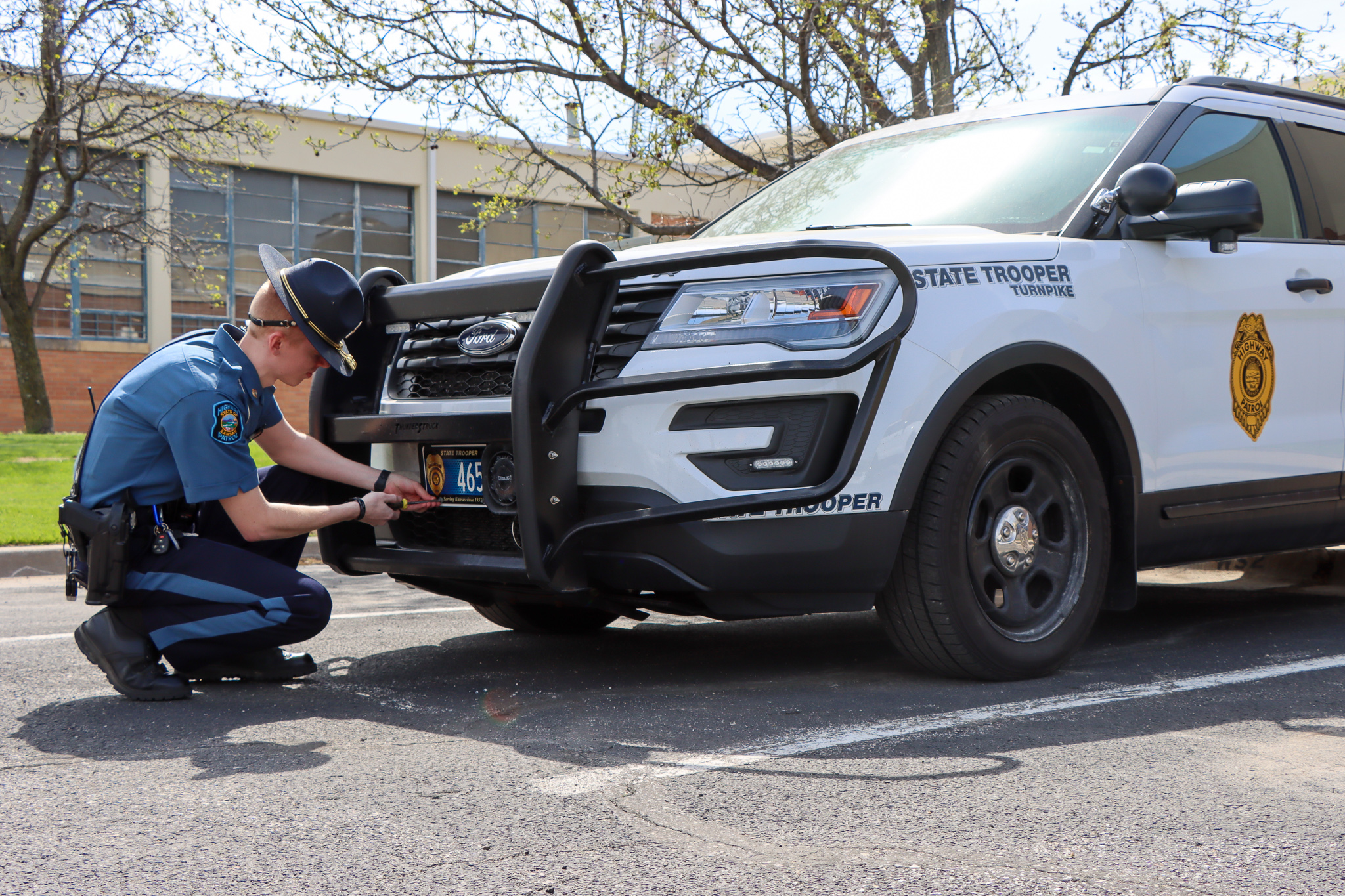



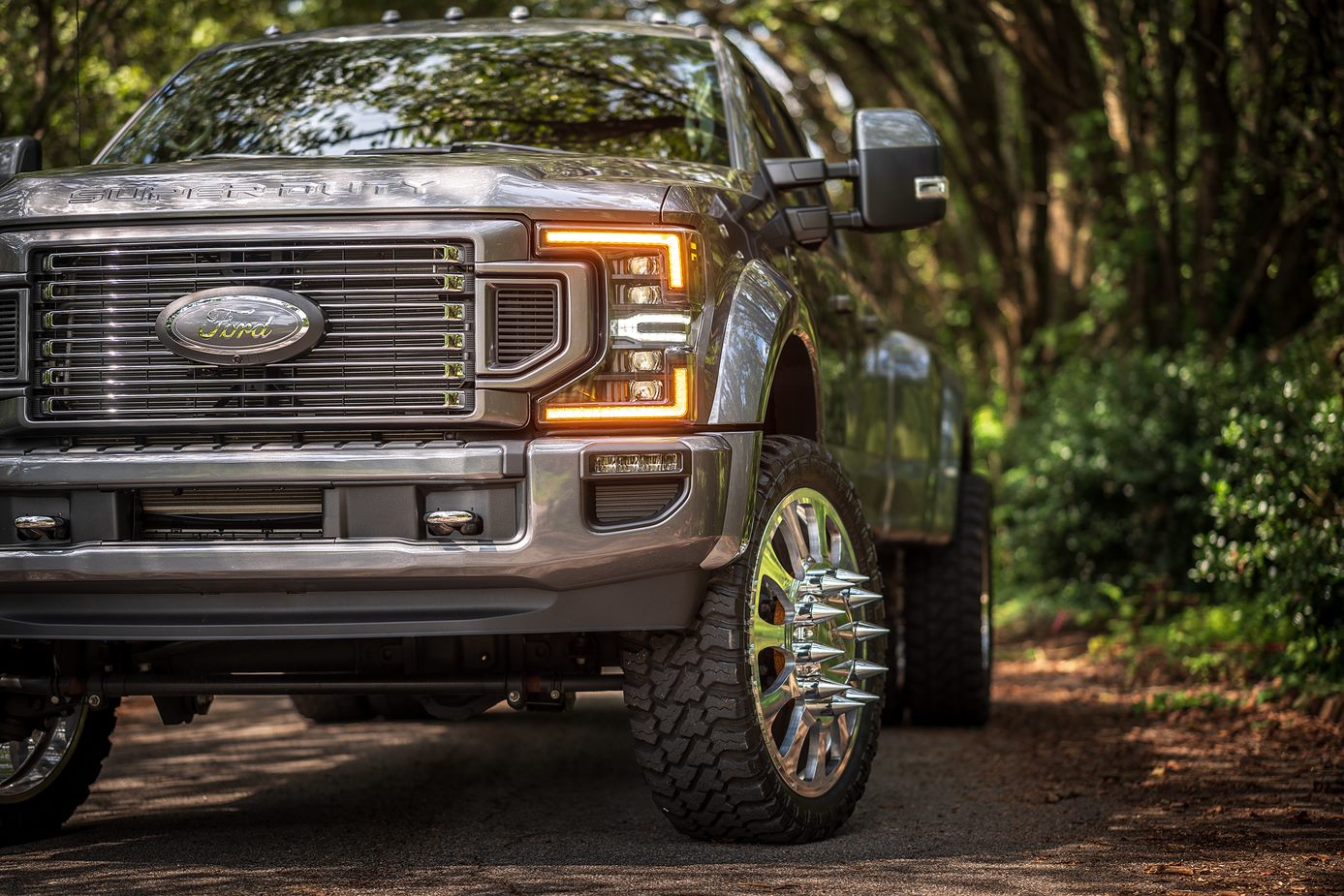

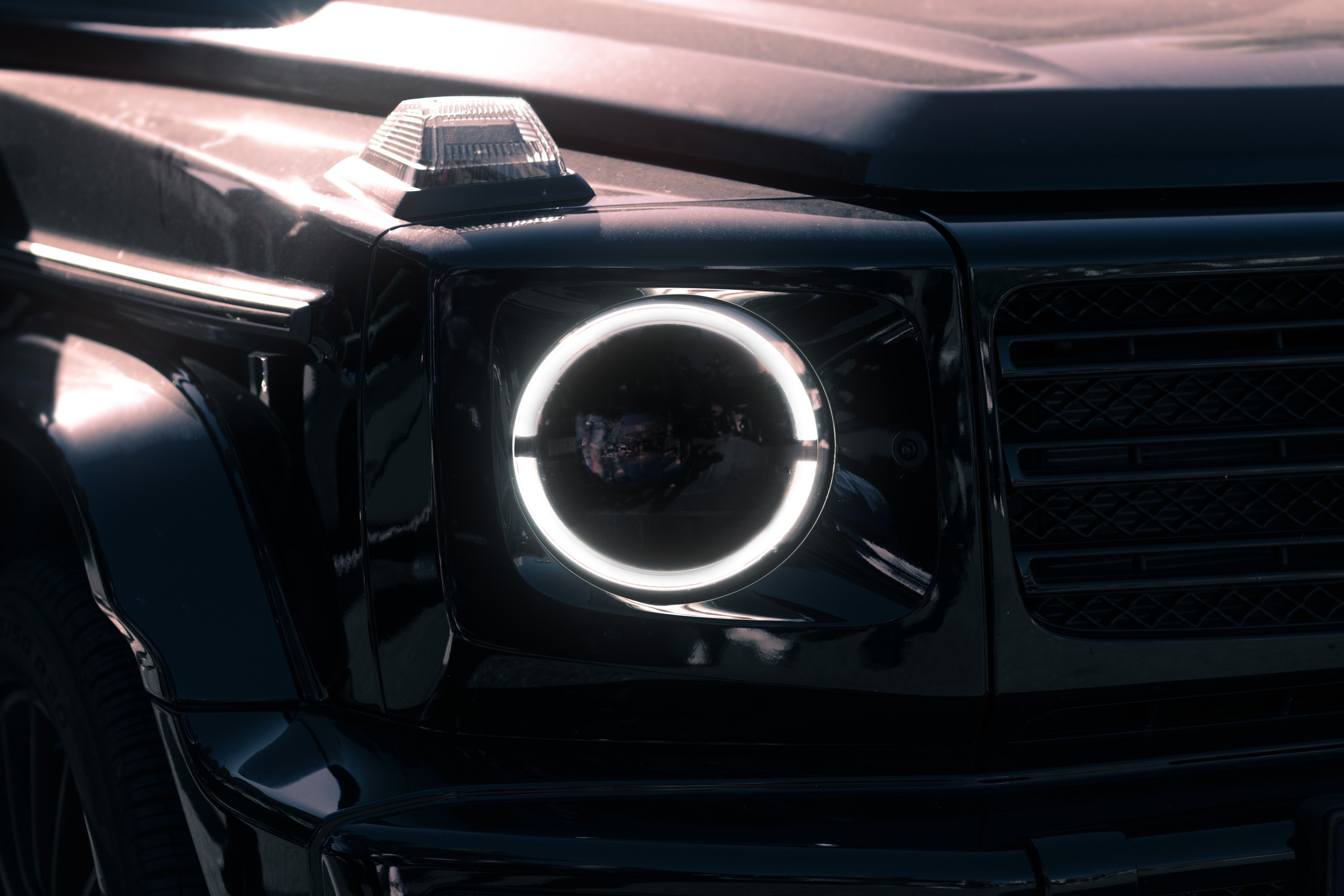
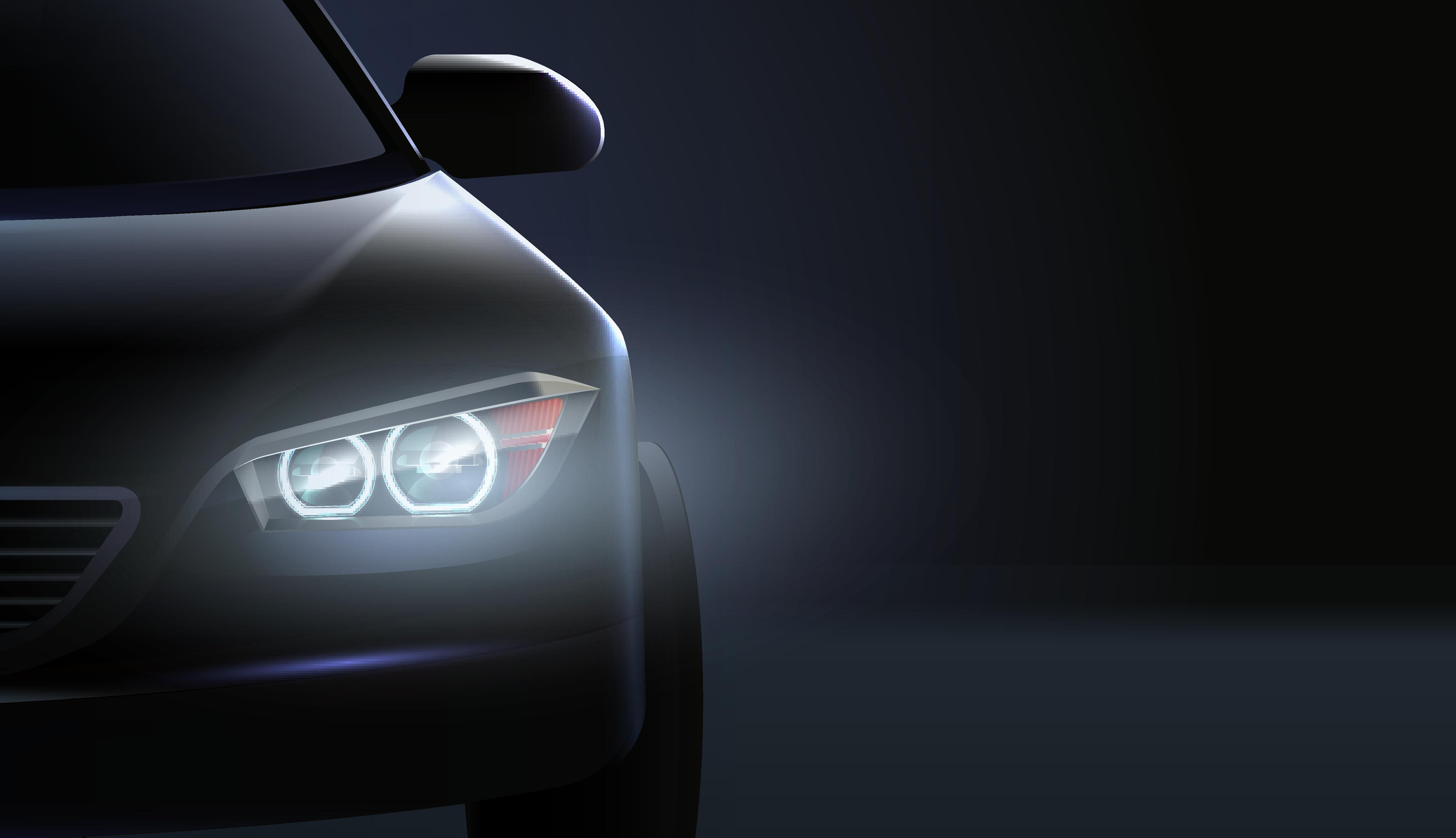
.png?width=300&height=87&name=logo%20(1).png)